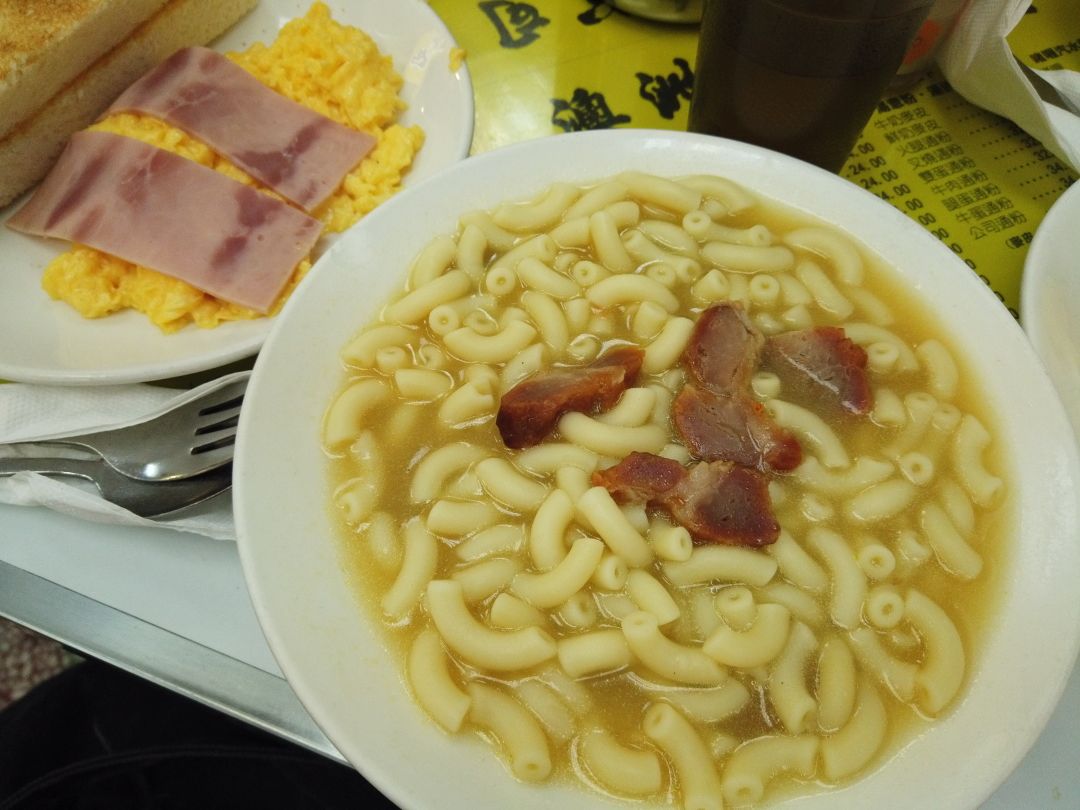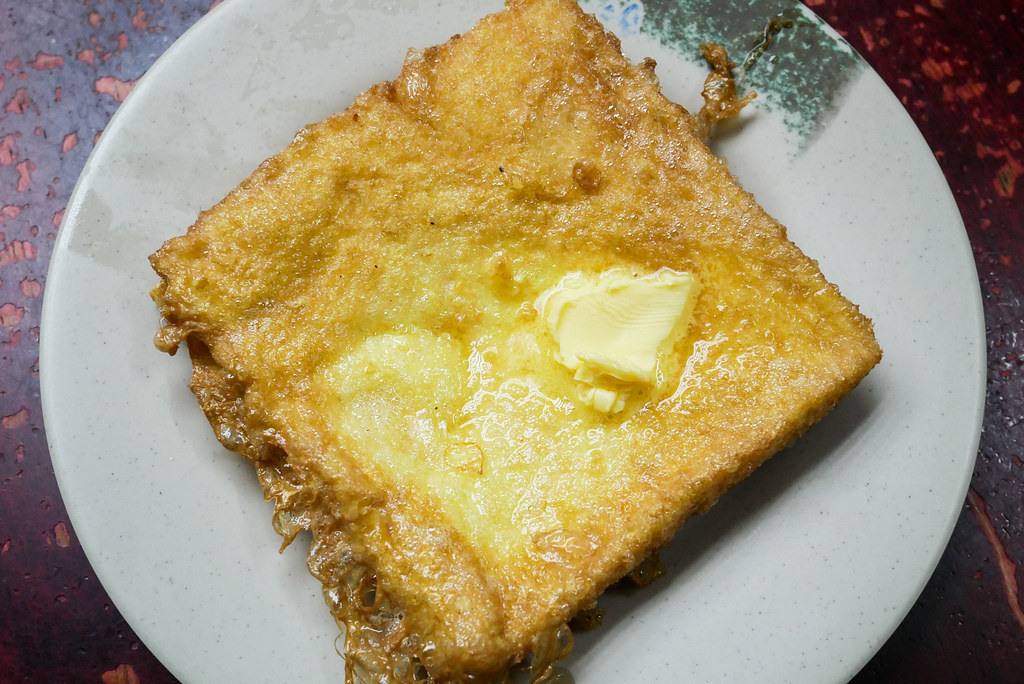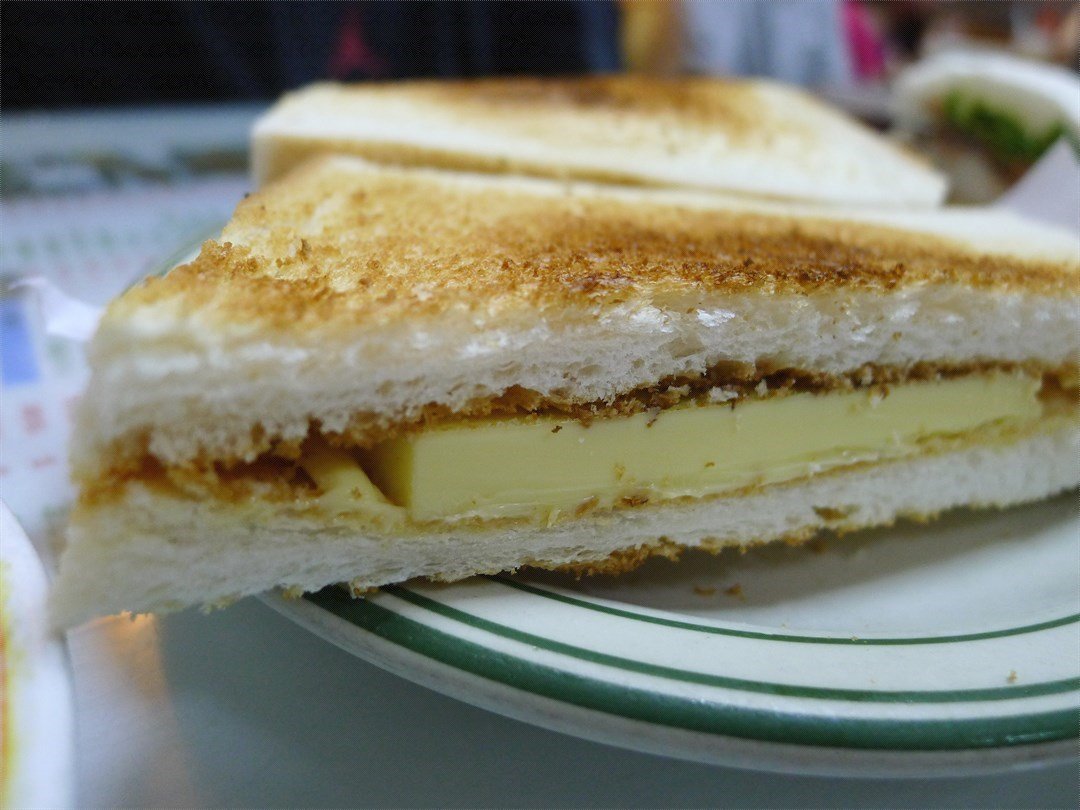If you did not try Cha Chaan Tengs (茶餐廳) , you would not count as travelling in Hong Kong. The rise of Cha Chaan Tengs is closely tied to Hong Kong's colonial past, having a history dating back to the 1950s and 1960s in Hong Kong. They emerged as an affordable alternative to the more upscale Western-style restaurants that were out of reach for most of the local population. In Post-World War II, British colonial influence was strong in the region, and Western lifestyle and culture were seen as aspirational. However, Western food was mostly available in upscale restaurants, making it inaccessible for most of the local populace. In response, local entrepreneurs started opening Cha Chaan Tengs, offering Western-influenced dishes that were affordable for the masses. These restaurants took Western-style food and modified it to suit local palates, creating unique fusion dishes. For many locals, these establishments are a symbol of Hong Kong's identity, offering a taste of home.
Service Style
Keep in mind, you're not here for exceptional customer service, but rather an exciting culinary journey. Cha Chaan Tengs are known for their quick service. The staff are often brisk and efficient, a reflection of Hong Kong's fast-paced lifestyle. Customers are expected to order quickly, and meals are served as soon as they're ready. Many locals appreciate this efficiency, as it allows them to have a quick meal even during busy days. Expect your tea cups to arrive promptly, held by the firm grip of your server - sometimes their fingers may dip into it slightly.
The interior is typically simple and practical, often featuring booths (ka wai 卡位) or small tables closely arranged to maximize space, with an emphasis on functionality over aesthetics. Stand with confidence, and let them know how many are in your party. A table will be assigned to you or you might be directed to choose your own seating.
What Food to Get?
When people go for breakfast, they always order Sheung Chaan (常餐) which refer to as Hong Kong's equivalent to all-day breakfast, a standard meal set, available at most cha chaan tengs throughout the day, typically includes buttered toast, an egg and sausages, a bowl of macaroni soup with ham (known as Fo Teoi Tung 火腿通) or satay beef soup noodles (referred to as Saa De Ngau Min 沙嗲牛麵), along with a beverage.

When you go there at tea time, Hong Kong-style French Toast (sai do si 西多士) is always on the hot picks list. Hong Kong's French toast is actually a peanut butter sandwich that has been dipped in an egg mixture and deep-fried. This crunchy delight is usually served with a drizzle of maple syrup or condensed milk. If you're looking to try this local delicacy, Wai Kee in Sham Shui Po, one of Hong Kong's most popular cha chaan tengs, is an excellent place to sample a sai do si.

There’s one kind of toast I’m particularly fond of which may surprise even some Hong Kong people. A yau-sa-doh (油砂多) is not something you can find on the menu. Instead, you order a toast with butter (鮮油多) and sprinkle on it a thin layer of granulated sugar. The creamy butter and crunchy granules on a fresh toast give you a complex yet delightful sensation—trust me the calories are worth it.

Cha Chaan Tengs also is a popular choices for lunch and dinner. Single-Dish Meals (dip tau faan 碟頭飯) is a local dish combine a range of sauces, vegetables, and meats served over rice or noodles in a single serving. Some of the most popular single-dish meals include stir-fried beef with flat rice noodles (known as gon caau ngau ho 乾炒牛河) and diced pork fillet with rice in a corn sauce (called suk mai juk lap faan 粟米肉粒飯).
Beverages
THE iconic drink has to be Hong Kong-style milk tea, often referred to as "silk stocking milk tea" (si mut nai cha 絲襪奶茶). Another colonial influence, milk teas are akin to what the Brits have, except that evaporated milk is more commonly used rather than fresh milk. Hong Kong milk tea is made from a blend of several types of black tea (often including Ceylon), which are brewed together for a robust and full-bodied flavor. The tea is repeatedly strained through a fine cloth sieve, giving the tea a smooth, creamy texture akin to the feel of silk, hence the nickname "silk stocking." After brewing, the tea is combined with evaporated milk and sugar, resulting in a rich, creamy, and slightly sweet beverage with a deep tea flavor. The use of evaporated milk, as opposed to fresh milk, gives the tea its characteristic richness and creaminess.
If “coffee or tea?” has been your constant battle, we have just the perfect solution for you: yuen-yeung (鴛鴦). Mixing milk tea with coffee is another go-to for locals living a hectic life. (Note: be careful of the high caffeine content! It is the very reason why I lack the privilege to indulge myself in yuen-yeungs.)
The “jau” in cha-jau (茶走), feh-jau (啡走), and yeung-jau (鴦走) originated from “jau-tong” (走糖), which means one need not add white/brown sugar to their drink. Instead, it’s served sweetened because of the condensed milk. Some claim it makes the drink smoother and less bloating than their counterparts. I personally buy this saying, but do tell me what you think after trying both!
.jpg)
What’s mentioned above is merely the tip of an iceberg. There’s much more to this cornerstone of Hong Kong culture, such as its ambiance, the way waiters take your order, etc. Make sure you visit a cha chaan teng next time you come to Hong Kong!
Read more: Top 8 Cha Chaan Teng Recommendation
